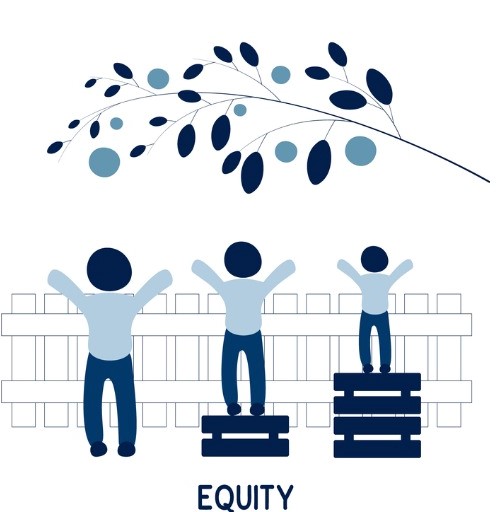
Mitigating Health Disparities
The environments where people are born, live, learn, work, play, worship, and age affect their health, functioning, and interactions with the health care system. Individuals from underserved communities and populations (e.g., individuals with low income, racial, ethnic, religious and gender-identification minorities, and/or disabilities) frequently encounter barriers in gaining access to and engaging with cancer healthcare services. The result is systemic disparities in experiences and outcomes, independent of diagnosis. Starship performs research projects and system design efforts to identify root causes of observed disparities and to create mobile health interventions that can mitigate their effects.
Examples:

Supporting Care coordination
Persistent and ad hoc teams of health care professionals are best served by effective collaboration and coordination of patient care, with the goals of reducing costs, enhancing patient outcomes, and promoting availability and equity of care. However, the current system is Balkanized by many factors, including multiple payer and provider organizations, the complex social structure of the medical profession, siloed information systems, and poor integration of patients and their caregivers into the coordination process. Starship performs research projects and system engineering efforts to better understand and to improve care coordination. In addition to the traditional healthcare provider roles, we are particularly interested in amplifying and supporting the work of emerging front-line “edge” roles such as Community Health Workers, and Patient Navigators.
Examples:

Improving Clinical communications
Person to person communication – between patient and provider and between and among providers – is the foundation of effective health care and patient empowerment. Today, clinical communication is often ineffective, yet providers receive only minimal education or training in this critical skill. Starship is working toward a future where clinical communications will be timelier, more effective, and fully frictionless. Our research and products will improve the communication skills of healthcare professionals and help them to adapt to an increasingly diverse patient population and the demands of enhanced collaboration and care coordination.
Examples:
